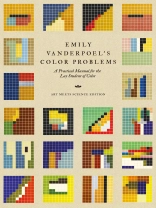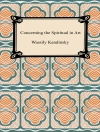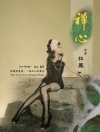A key publication on colour theory from a pioneering female scientist, this unique work explores the world of colour, reimagining foundational theories for practical use in the fields of art, science, and design.
First published in 1902, Color Problems is a seminal work of Emily Noyes Vanderpoel, a pioneering artist, scientist, and scholar. Developing the colour theories established by Newton, Goethe, and their later compeers, Chevruel and Rood, this unique guide presents accessible colour science to appeal across the disciplines, breaking down key ideas in a series of experimental and visually stunning illustrations.
While underappreciated in its time, Vanderpoel’s expressions of colour not only changed the face of colour science but also anticipated major developments in modern art by nearly half a century, becoming influential for abstract artists like Josef Albers and the Bauhaus School of Art.
A proud addition to the Art Meets Science collection, Color Problems is a key text for those studying colour theory or interested in colour application and its history. This facsimile edition features Vanderpoel’s original text and illustrations in a testament to her emotionally evocative work in the fields of both art and science.
Inhaltsverzeichnis
Contents:
1. The Influence of Emily Vanderpoel
2. Preface
3. Introduction
4. List of Plates
5. Color-Blindness
6. Color Theories
7. Color Qualities
8. Contrasts and Complements
9. Color-Harmonies
10. Historic Color
11. Nature Color
12. Special Suggestions
13. Colour in Design by May Morris
14. A World of Colour by Bonnie E. Snow
15. Emily Noyes Vanderpoel: A Short Biography
16. Bibliography & Further Reading












